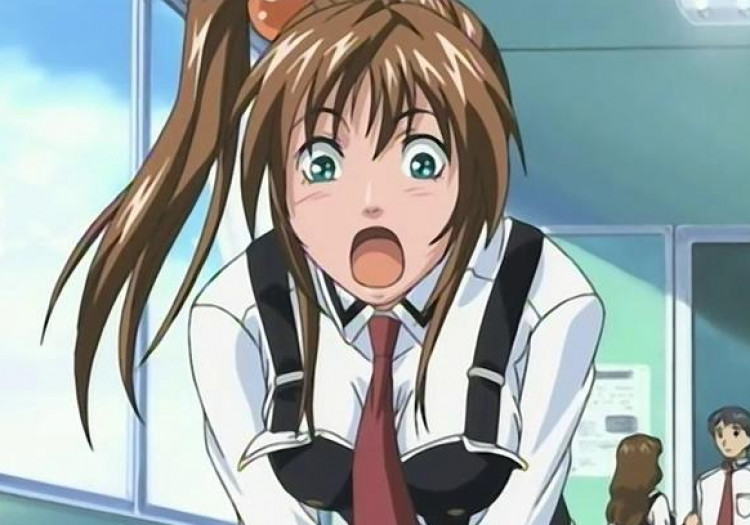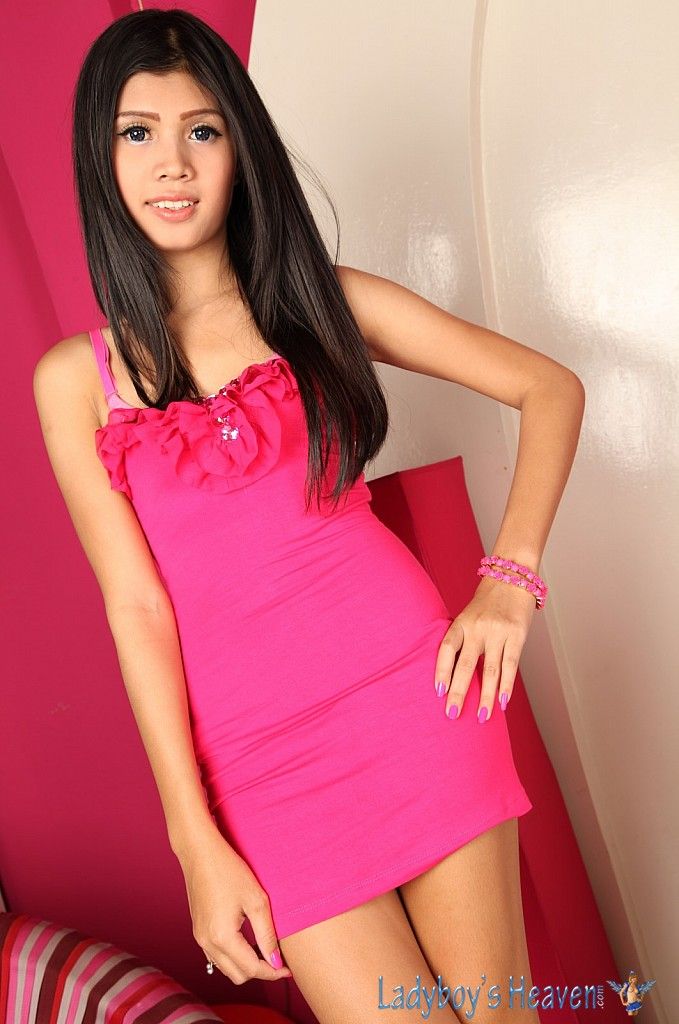Comic Porn Gay

The world of LGBTQ+ representation in media has evolved significantly over the years, and one genre that has gained attention is gay-themed comic books. While the term "porn" is often associated with explicit sexual content, this article will delve into the exploration of gay-themed comics, focusing on their artistic expression, storytelling, and the diverse range of themes they encompass.
The Evolution of Gay-Themed Comics

Gay-themed comics, often referred to as LGBTQ+ comics or queer comics, have a rich history that dates back to the early 20th century. However, it was during the 1970s and 1980s that these comics began to gain popularity and recognition as a distinct genre. The rise of the gay liberation movement and the increasing visibility of LGBTQ+ individuals in society played a significant role in the development and acceptance of these comics.
One of the earliest and most influential gay-themed comic series is Gay Comix, created by Howard Cruse in 1980. This anthology series featured a diverse range of stories and art styles, showcasing the lives, loves, and struggles of LGBTQ+ individuals. Gay Comix provided a platform for queer artists to express their experiences and challenged the stereotypes and misconceptions surrounding the LGBTQ+ community.
Breaking Stereotypes and Expanding Representation
Gay-themed comics have played a crucial role in breaking down stereotypes and expanding the representation of LGBTQ+ individuals in popular culture. Unlike traditional comic books that often featured heterosexual characters, these comics explore a wide range of identities, orientations, and experiences. From romantic comedies to dramatic coming-of-age stories, gay-themed comics offer a rich tapestry of narratives that resonate with readers from all walks of life.
One notable example is Fun Home by Alison Bechdel, a graphic memoir that chronicles her childhood and coming out as a lesbian. Fun Home received critical acclaim for its honest and nuanced portrayal of a lesbian identity, challenging the notion that LGBTQ+ stories are solely about sexual encounters. Instead, it focuses on the emotional journey, family dynamics, and self-discovery that are universal themes in coming-of-age narratives.
Another groundbreaking comic is Strangers in Paradise by Terry Moore. This series, which follows the complex relationships and emotional journeys of its characters, includes a diverse cast with LGBTQ+ representation. Strangers in Paradise showcases the depth and complexity of its queer characters, going beyond stereotypes and providing a nuanced exploration of their lives and struggles.
| Comic Title | Creator | Year |
|---|---|---|
| Gay Comix | Howard Cruse | 1980 |
| Fun Home | Alison Bechdel | 2006 |
| Strangers in Paradise | Terry Moore | 1993 |

Exploring Themes and Genres

Gay-themed comics cover a vast array of themes and genres, offering something for every reader. From romantic comedies to science fiction, horror, and historical fiction, these comics explore the human experience through a queer lens, adding depth and diversity to the comic book medium.
Romance and Relationships
Romance is a prevalent theme in gay-themed comics, offering heartwarming and emotionally charged stories. Comics like The Less Than Epic Adventures of T.J. and Amal by E.K. Weaver and The Shadow Hero by Gene Luen Yang and Sonny Liew showcase the power of love and the challenges faced by LGBTQ+ couples. These comics explore the beauty of queer relationships, often set against the backdrop of societal pressures and personal growth.
Superhero Comics with a Twist
The superhero genre has also seen an increase in LGBTQ+ representation, with gay-themed superhero comics gaining popularity. Titles like Midnighter by Steve Orlando and Bitch Planet by Kelly Sue DeConnick and Valentine De Landro offer unique twists on traditional superhero narratives. Midnighter follows the adventures of a gay superhero, exploring his identity and relationships within the superhero community, while Bitch Planet critiques societal norms and power dynamics through a science fiction lens, with a diverse cast that includes LGBTQ+ characters.
Historical and Social Commentary
Gay-themed comics often serve as a platform for social commentary and historical exploration. Comics like Pride of Baghdad by Brian K. Vaughan and Niko Henrichon use animal characters to tell a powerful story about a group of lions who escape from the Baghdad Zoo during the Iraq War. This comic explores themes of freedom, identity, and the impact of war, providing a unique perspective on a historical event.
Additionally, comics like The Admiral: Cop Craft by Jubuku Umezawa and Daisuke Moriyama delve into social and political issues, such as police brutality and systemic racism, through the lens of a gay protagonist. These comics use the medium to shine a light on important social justice issues, engaging readers in thought-provoking discussions.
Artistic Expression and Visual Storytelling
One of the strengths of gay-themed comics is their ability to showcase diverse artistic styles and visual storytelling techniques. From traditional comic book art to more experimental and innovative approaches, these comics push the boundaries of visual expression, adding to the richness and uniqueness of the genre.
Artists like Chip Zdarsky, known for his work on Sex Criminals, bring a unique blend of humor and emotion to their comics. Zdarsky's art style, characterized by dynamic compositions and expressive characters, enhances the narrative and adds a layer of depth to the stories he tells. Similarly, artists like Tomofusa and Mari Yamazaki, known for their manga-inspired works, bring a distinct cultural perspective to their gay-themed comics, offering a fresh and captivating visual experience.
The Power of Visual Narrative
Visual storytelling is a powerful tool in gay-themed comics, allowing artists to convey complex emotions and themes without relying solely on words. The use of panel layout, perspective, and visual symbolism adds depth and nuance to the narratives, creating a rich and immersive reading experience. Comics like Daytripper by Fábio Moon and Gabriel Bá utilize visual storytelling to explore themes of life, death, and the human condition, leaving a lasting impact on readers.
Additionally, the use of color and lighting in gay-themed comics can enhance the mood and atmosphere of a scene, adding to the emotional impact of the story. Artists like Jen Wang, known for her work on The Prince and the Dressmaker, use a vibrant and whimsical color palette to create a sense of magic and wonder, capturing the essence of the story's themes.
The Impact and Future of Gay-Themed Comics
Gay-themed comics have had a significant impact on the comic book industry and popular culture. They have provided a platform for LGBTQ+ artists and writers to share their stories, challenge stereotypes, and promote acceptance and understanding. These comics have inspired and influenced a new generation of creators, leading to an increase in LGBTQ+ representation across various media.
As the comic book industry continues to evolve, gay-themed comics are likely to play an even more prominent role. With an increasing demand for diverse and inclusive stories, publishers and creators are embracing the potential of these comics to engage and resonate with a wide audience. The future of gay-themed comics looks bright, with a growing number of titles and creators pushing the boundaries of storytelling and representation.
What are some popular gay-themed comic series that explore identity and self-discovery?
+Some notable examples include Lumberjanes by Shannon Watters, Grace Ellis, and Brooke A. Allen, which follows a group of young girls at a summer camp, and Heartstopper by Alice Oseman, a heartwarming coming-of-age story about a gay teenager and his friends.
Are there any gay-themed comics that address social and political issues?
+Yes, comics like The Black Cloud by Terry Blas and Rudy Francisco tackle issues of racial injustice and police brutality, while Southern Bastards by Jason Aaron and Jason Latour explores the dark underbelly of small-town America, including homophobia and corruption.
What are some recommendations for gay-themed comics with strong female leads?
+Comics like The Wicked + The Divine by Kieron Gillen and Jamie McKelvie feature a diverse cast, including powerful female characters, and Monstress by Marjorie Liu and Sana Takeda tells a dark fantasy story with a strong and complex female protagonist.



